Nanda Devi:- is situated in Eastern provinces of Garhwal and Kumaon in the new State of Uttranchal earlier the part of the State of Uttar Pradesh. According to Hindu mythology Nanda Devi is “the Goddess of Joy”, is as high as 7816 meters-the highest in Indian Himalayas. It is surely one of the most fascinating mountains in the world. Many of the early British explorers of the nineteenth century were intrigued by its apparent fortress-like walls which defied attempts to find a viable route to the summit. Both Long staff and Graham attempted to approach the foot of the mountain but were repelled by the seemingly impenetrable Rishi Ganga gorge. It fell to Shipton and Tilman to open up this approach and bring the mountain to the World’s attention when they forged a route into the hitherto undiscovered Nanda Devi Sanctuary in 1934. It was not until two years later that Tilman, along with Noel Odell, returned and reached the summit of what was then the highest mountain climbed by man. Our trek combines the very best of the region and ends when we cross the famous Kuari Pass.
From Delhi we travel north by Indian Railway to Haridwar and the next day a long drive up to Mandoli at the start of our trek. We climb through pleasant alpine glades to the Sacred Lakes at Rupkund and Hemkund where Hindu pilgrims honour the mountain gods of Shiva and Parvati. The imposing peak of Trisul (7120m) is a constant backdrop as we steadily progress northwards towards the Kuari Pass. The climb to the summit of this pass is long but we are rewarded with a breathtaking panorama of snow-capped peaks stretching right across to Kamet (7756m) on the Tibetan border. To the east lie the peaks of Changabang (6864m) and Dunagiri (7066m), and above them Nanda Devi rises majestically. We finish the trek at Auli and drive to Rishikesh via Josimath and then to Delhi.

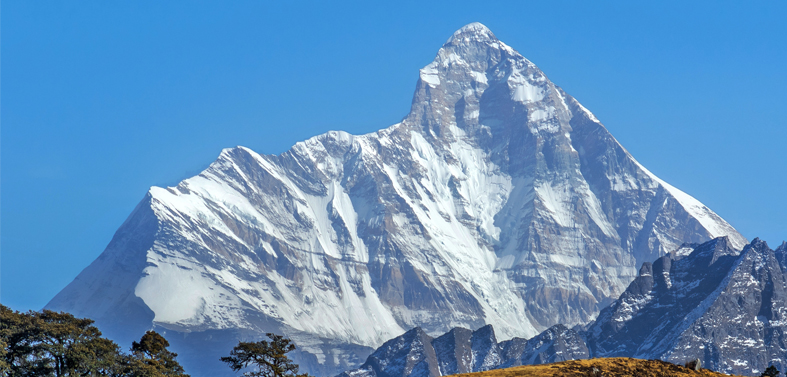
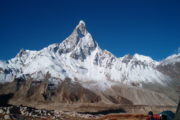
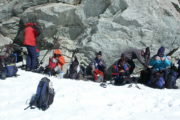
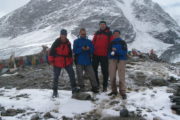
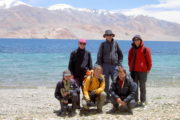
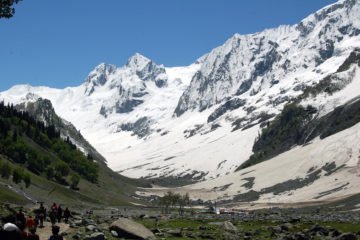
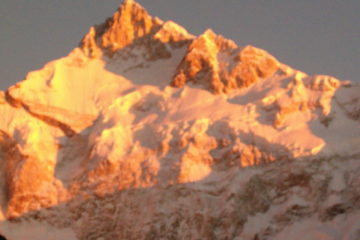
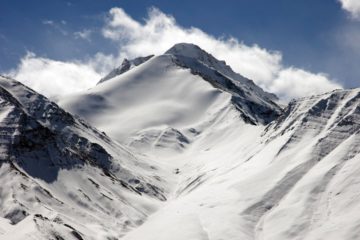
Tour Reviews
There are no reviews yet.
Leave a Review